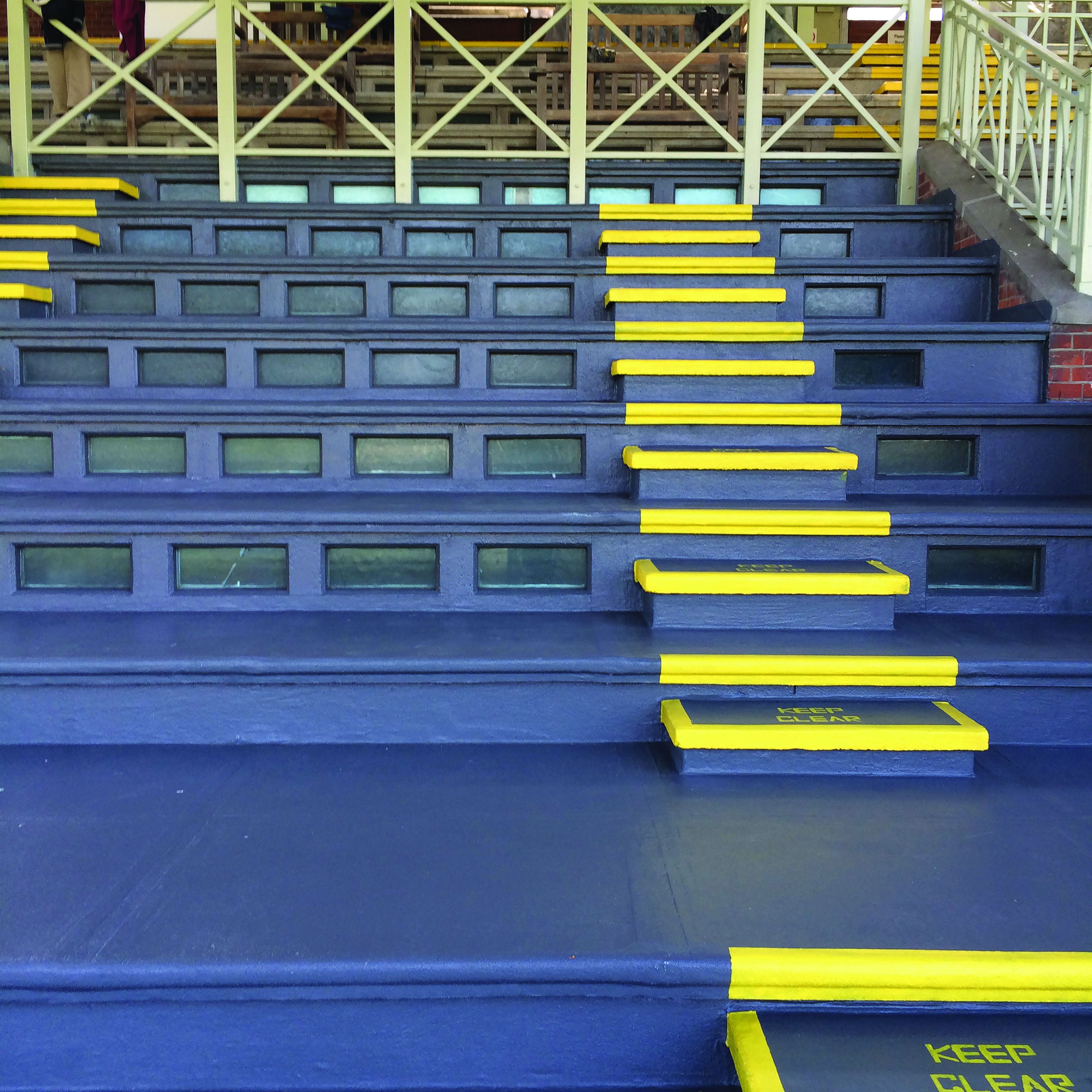Applications: Green Roofs
Recommended Products
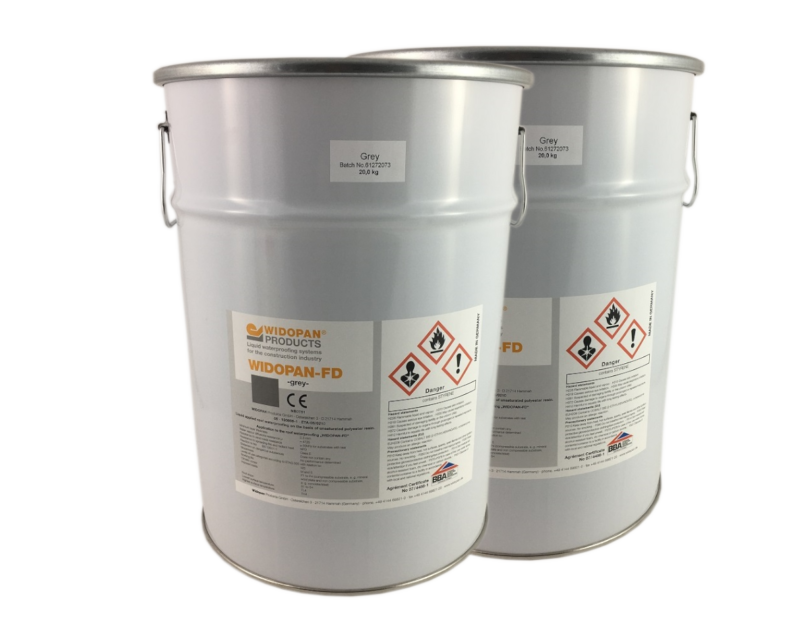
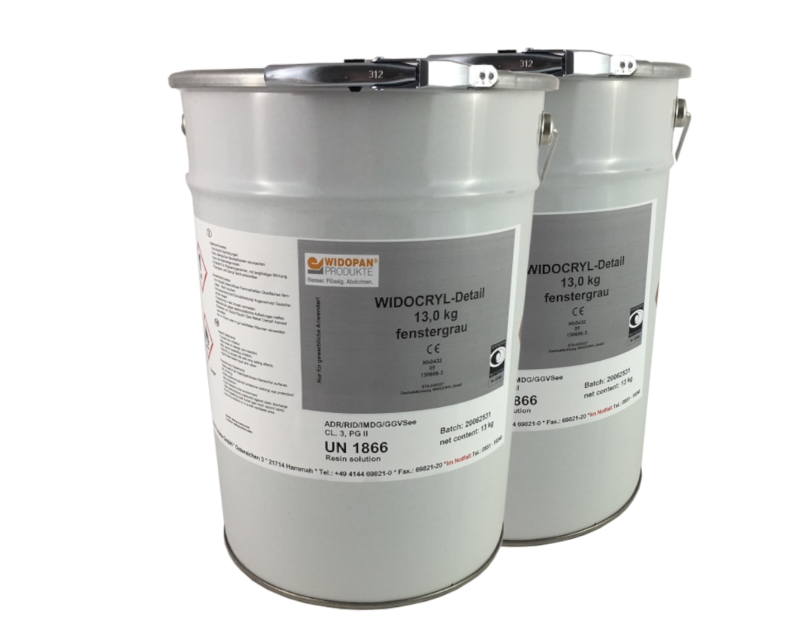
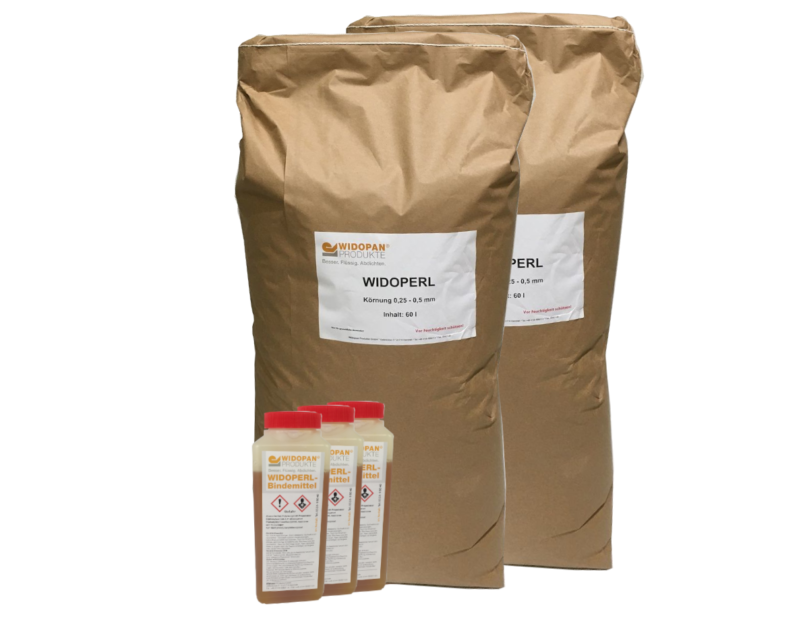
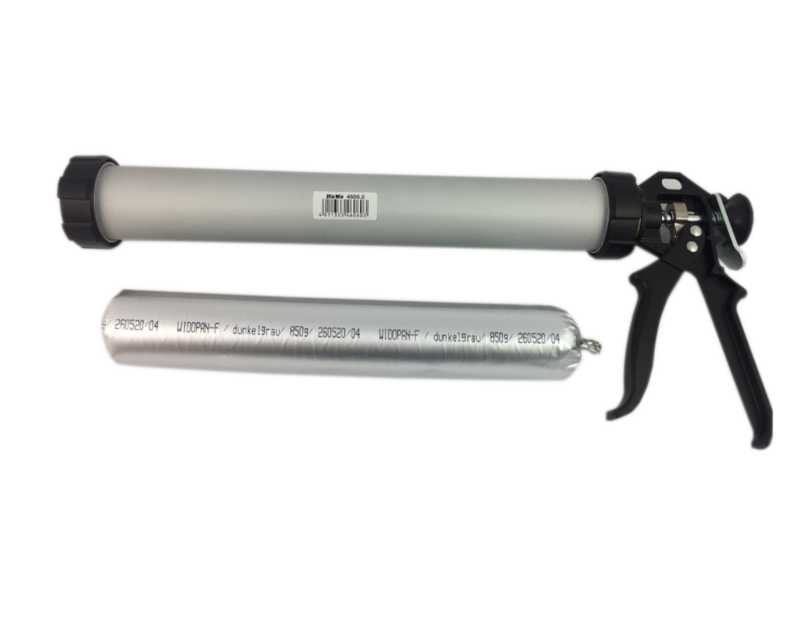
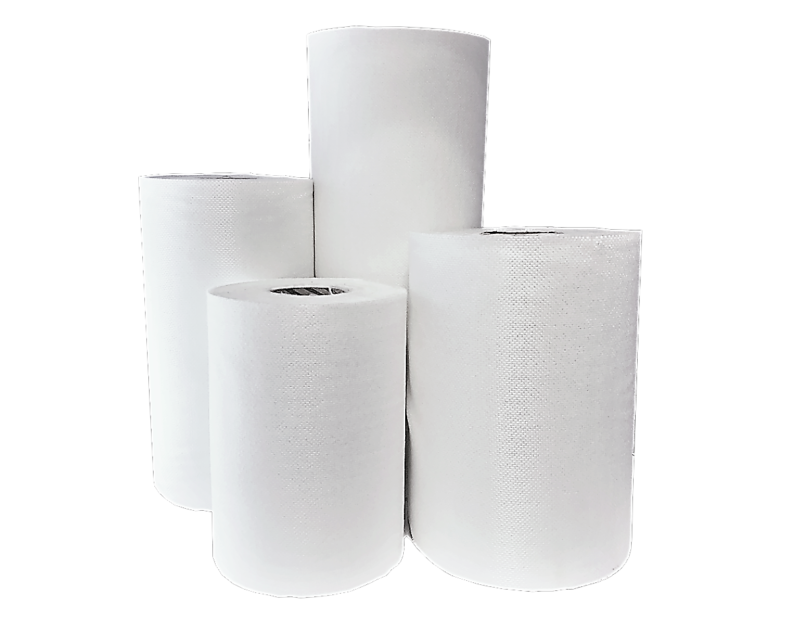
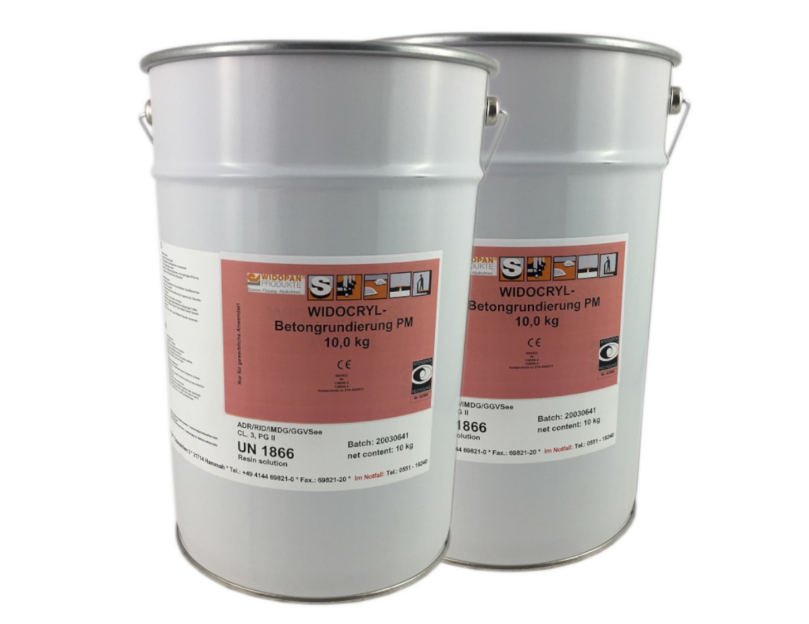
WIDOPAN PRODUCTS ARE AVAILABLE FOR USE by FUlly trained & APPROVED Installers.
Green Roofs
Green Roofs Issues
Green Roofs help in many ways to sustain an efficient and diverse ecosystem.
They provide major benefits such as reducing the urban heat island effect, storm water runoff, reducing the carbon footprint of the building, improving air quality and increasing the thermal performance of a building.
WIDOPAN can provide a full Green Roof service for your project from specification to installation.
What are Green Roofs? Green roofs are vegetated layers that sit on top of waterproofed roof surfaces of a building.
Green Roof Types
Green roofs come in many different forms and types, including extensive, intensive and biodiverse or brown roofs. These terms refer to the degree of maintenance the roofs require, and the level of vegetation that can be utilised.
Green roofs have been in existence for hundreds of years, with their roots traced back to Scandinavia where they were used to provide shelter from the elements in winter months, and to stay cool in the summer.
Modern Principals of Roof Design
The modern principals of roof design were heavily developed in Germany in the 1970’s with the intention of restoring the natural environment, and the added protection of roofing membranes.
Our roofing solutions have evolved due to the ever-increasing need for green spaces within our cities, and because of their very wide range of environmental and economic benefits.
As can be highly visible, green roofs clearly signal the intent for sustainable building and provide a positive and bold image to a building or commercial development.
Benefits
- Storm Water Management
- Reduction of Energy Usage
- Noise Reduction
- Heat Island Effect
- Government & District Incentives
- Improved Air Quality
- Habitat Space for Wildlife
- Increase Solar Panel/PV Efficiency
- Enhances Aesthetics
WIDOPAN Cold Applied Waterproofing
Key Benefits of Green Roofs
Storm Water Management
A well designed roof can hold up to 80% of storm water runoff, to help prevent flooding and lessen the impact on city drainage structures. Increased Roof Lifespan Studies have shown that a green roof can increase a roofs average lifespan by up to 3 times.
Reduction of Energy Usage
Green roofs offer cooling temperature control in hot summer months, reducing the demand for airconditioning, and studies have shown in winter heating bills can be reduced by over 10%.
Noise Reduction
A combination of the substrate, vegetation, and air locked within the green roof system acts as sound insulation, with tests showing reduction in noise of up to 50dB.
Heat Island Effect
Urban areas have a high temperature average compared to rural areas due to the lack of green space. Vegetation from green roofs improves microclimate by absorbing heat and reducing the temperature of hard surface and enhancing the humidity.
Government & District Incentives
Many cities and districts such as London offer grants or incentives when using a green roof solution.
Provision of Green & Amenity Space Green roofs provide much needed green space within our rapidly growing urban environment to help soften built up areas and contribute ecological function.
Improved Air Quality
Through the process of photosynthesis, plants absorb carbon dioxide and release oxygen, refreshing the surrounding air.
They also absorb harmful gases such as sulphur dioxide and nitrogen oxide within the atmosphere and help break down noxious gas emitted from vehicles or industrial activities.
Habitat Space for Wildlife
These types of roofs provide a rich habitat for small insects and invertebrates to breed within an urban environment.
Increase Solar Panel/PV Efficiency
Green roofs help to maintain the efficiency of solar panel systems by keeping PV panels cool and help to maintain an ambient temperature of 25 ℃ needed for maximum energy absorption.
Enhances Aesthetics
Green roofs offer aesthetic quality and human dimension to the urban design for creation of a more pleasant cityscape, enhancing the visual interest of the city scene and vibrancy of the city life.
Green Roof Types
Intensive Green Roofs
Intensive green roofs are intended to replicate what can typically be found at ground level in the natural landscape, and in green spaces such as parks or cultivated gardens.
These Eco-Friendly roofs involve intense landscaping and are suited to roofs with a highly visible presence or public access, and commonly referred as a ‘roof garden’.
Choices include shrubs, native forbs and grasses, larger perennials, tropical, non-native vegetation.
Extensive Green Roofs
Extensive green roofs provide a light-weight, low maintenance, instant ‘green effect’ roof solution.
Extensive green roofs are not usually intended for general public access and are chosen mostly for their ecological benefits.
Typically, extensive roofs use a Sedum vegetation due to its ability to flourish in harsh environments, cost effective, and lightweight system requirements.
Extensive green roofs can be designed into new buildings, or ‘retro-fitted’ onto existing buildings.
Biodiverse Green Roofs
Biodiverse roofs are used primarily for their ecological benefits.
They contain a range of recycled materials including rubble, gravel, rubber, or logs to encourage habitation of wildlife such as bees, and small insects.
These are sometimes referred to as ‘brown roofs’.
They help to support the environment and can be seen to aid planning applications to help local authorities policies towards building a sustainable environment.
“WIDOPAN waterproofing membranes are certified root resistant and impervious to ponding water.”
The best waterproofing solution for your Green Roof WIDOPAN liquid waterproofing systems are ideally suited for green roofs as they provide a strong and durable seal with minimal weight loading to roof.
Our cold applied systems are rainproof in as little as 15 minutes, meaning the green roof installation can get underway without long delays.
Cured membranes are certified root resistant and impervious to ponding water, meaning the foundations to your green roof are protected for years to come.
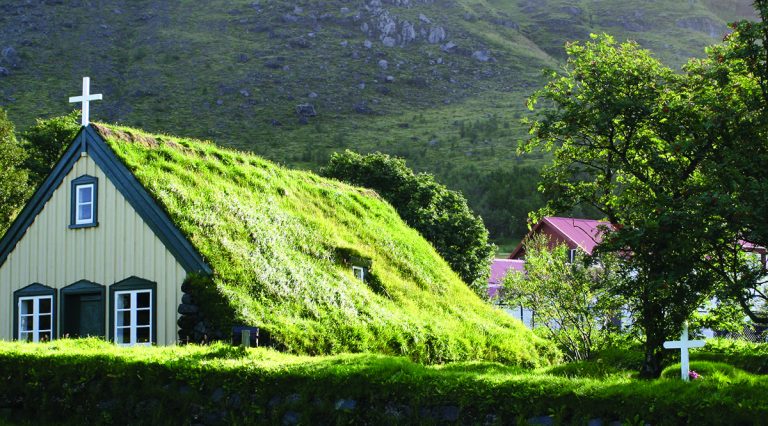

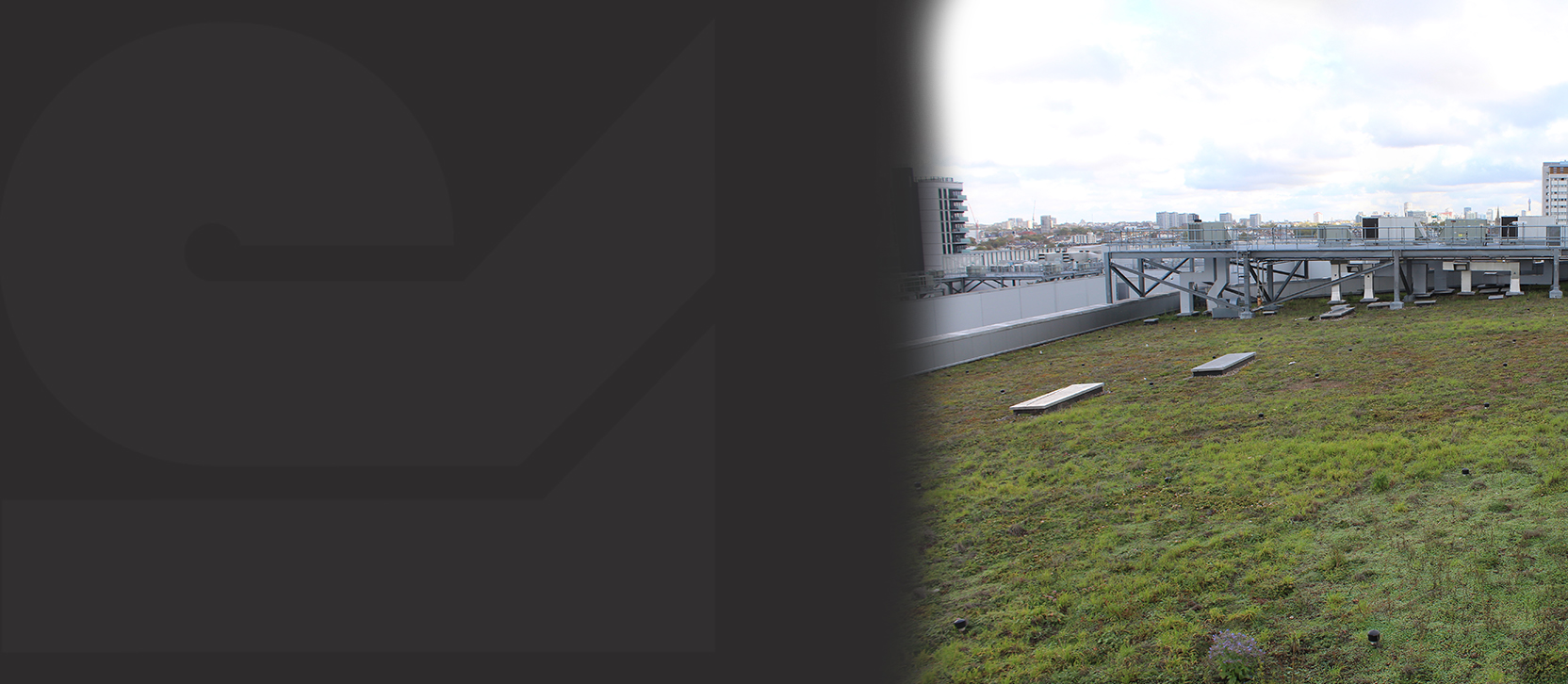
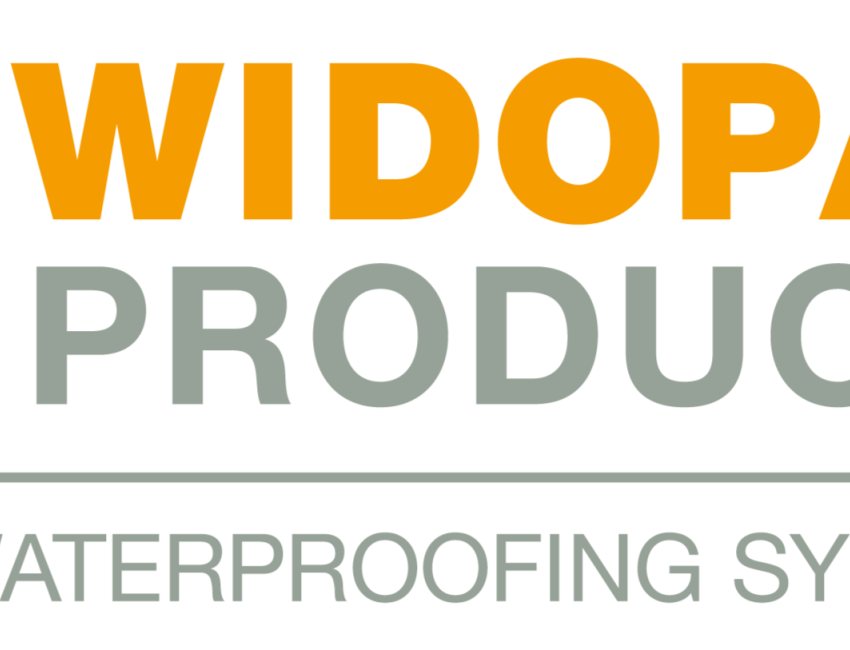
![<div class="icon"><picture><!--[if IE 9]><video style='display: none;'><![endif] --><!--[if IE 9]></video><![endif] --><img src="/application/files/4717/1775/6699/Flat_Roofs_-_WIDOPAN.svg" alt="Flat Roofs - WIDOPAN.svg" class="content-editor-image-left" height="30" style="float: left;" width="28" /></picture></div>
<div class="icon-text">
<p>Flat Roof</p>
</div>
<div class="icon"><i class="fas fa-location-arrow"></i></div>
<div class="icon-text">Wembley, HA9
<p> </p>
</div>
<div class="icon"><i class="fa fa-calendar"></i></div>
<div class="icon-text">October 2022
<p> </p>
</div>](/application/files/6416/8683/6705/Brent-House-Wembley-Referbishment-Widopan.jpg)
![<div class="icon"><picture><!--[if IE 9]><video style='display: none;'><![endif] --><!--[if IE 9]></video><![endif] --><img src="/application/files/4717/1775/6699/Flat_Roofs_-_WIDOPAN.svg" alt="Flat Roofs - WIDOPAN.svg" class="content-editor-image-left" height="30" style="float: left;" width="28" /></picture></div>
<div class="icon-text">
<p>Flat Roof</p>
</div>
<div class="icon"><i class="fas fa-location-arrow"></i></div>
<div class="icon-text">
<p>London, SE11</p>
</div>
<div class="icon"><i class="fa fa-calendar"></i></div>
<div class="icon-text">
<p>September 2022</p>
</div>](/application/files/1616/8735/3171/Vauxhall-Climbing-Centre-5-scaled.jpg)
![<div class="icon"><picture><!--[if IE 9]><video style='display: none;'><![endif] --><!--[if IE 9]></video><![endif] --><img src="/application/files/4717/1775/6699/Flat_Roofs_-_WIDOPAN.svg" alt="Flat Roofs - WIDOPAN.svg" class="content-editor-image-left" height="30" style="float: left;" width="28" /></picture></div>
<div class="icon-text">
<p>Flat Roof</p>
</div>
<div class="icon"><i class="fas fa-location-arrow"></i></div>
<div class="icon-text">
<p>London</p>
</div>
<div class="icon"><i class="fa fa-calendar"></i></div>
<div class="icon-text">
<p>September 2022</p>
</div>](/application/files/6316/8857/4311/County-Hall-2.jpg)
![<div class="icon"><picture><!--[if IE 9]><video style='display: none;'><![endif] --><!--[if IE 9]></video><![endif] --><img src="/application/files/4717/1775/6699/Flat_Roofs_-_WIDOPAN.svg" alt="Flat Roofs - WIDOPAN.svg" class="content-editor-image-left" height="30" style="float: left;" width="28" /></picture></div>
<div class="icon-text">
<p>Flat Roof</p>
</div>
<div class="icon"><i class="fas fa-location-arrow"></i></div>
<div class="icon-text">
<p>Premier Inn, Cardiff Waterside</p>
</div>
<div class="icon"><i class="fa fa-calendar"></i></div>
<div class="icon-text">
<p>January 2022</p>
</div>](/application/files/9116/8864/6522/Premier-Inn-Cardiff-Waterside-1.jpg)
![<div class="icon"><picture><!--[if IE 9]><video style='display: none;'><![endif] --><!--[if IE 9]></video><![endif] --><img src="/application/files/4717/1775/6699/Flat_Roofs_-_WIDOPAN.svg" alt="Flat Roofs - WIDOPAN.svg" class="content-editor-image-left" height="30" style="float: left;" width="28" /></picture></div>
<div class="icon-text">
<p>Flat Roof, Podium,</p>
</div>
<div class="icon"><i class="fas fa-location-arrow"></i></div>
<div class="icon-text">
<p>Barnes Village, Cheadle</p>
</div>
<div class="icon"><i class="fa fa-calendar"></i></div>
<div class="icon-text">
<p>January 2020</p>
</div>](/application/files/3016/8864/5647/Millbrook-Park-Taylor-Wimpey.png)
![<div class="icon"><picture><!--[if IE 9]><video style='display: none;'><![endif] --><!--[if IE 9]></video><![endif] --><img src="/application/files/7116/8311/7125/Green_Roof_Applications_by_Widopan.svg" alt="Green Roof Applications by Widopan.svg" class="content-editor-image-left" style="float: left;" height="24" /></picture></div>
<div class="icon-text">
<p>Green Roof, Flat Roof</p>
</div>
<div class="icon"><i class="fas fa-location-arrow"></i></div>
<div class="icon-text">
<p>London, E2</p>
</div>
<div class="icon"><i class="fa fa-calendar"></i></div>
<div class="icon-text">
<p>March 2018</p>
</div>](/application/files/3517/2787/8494/volcano-house.webp)
![<div class="icon"><picture><!--[if IE 9]><video style='display: none;'><![endif] --><!--[if IE 9]></video><![endif] --><img src="/application/files/4717/1775/6699/Flat_Roofs_-_WIDOPAN.svg" alt="Flat Roofs - WIDOPAN.svg" class="content-editor-image-left" height="30" style="float: left;" width="28" /></picture></div>
<div class="icon-text">
<p>Flat Roof, New Build</p>
</div>
<div class="icon"><i class="fas fa-location-arrow"></i></div>
<div class="icon-text">
<p>Millbrook Park, Mill Hill, London</p>
</div>
<div class="icon"><i class="fa fa-calendar"></i></div>
<div class="icon-text">
<p>January 2017</p>
</div>](/application/files/4116/8864/4346/Barnes-Village-Cheadle.jpg)
![<div class="icon"><picture><!--[if IE 9]><video style='display: none;'><![endif] --><!--[if IE 9]></video><![endif] --><img src="/application/files/4717/1775/6699/Flat_Roofs_-_WIDOPAN.svg" alt="Flat Roofs - WIDOPAN.svg" class="content-editor-image-left" height="30" style="float: left;" width="28" /></picture></div>
<div class="icon-text">
<p>Flat Roof, New Builds</p>
</div>
<div class="icon"><i class="fas fa-location-arrow"></i></div>
<div class="icon-text">
<p>Stratford, East London</p>
</div>
<div class="icon"><i class="fa fa-calendar"></i></div>
<div class="icon-text">
<p>July 2012</p>
</div>](/application/files/2416/8864/2641/EastVillage1.jpg)
